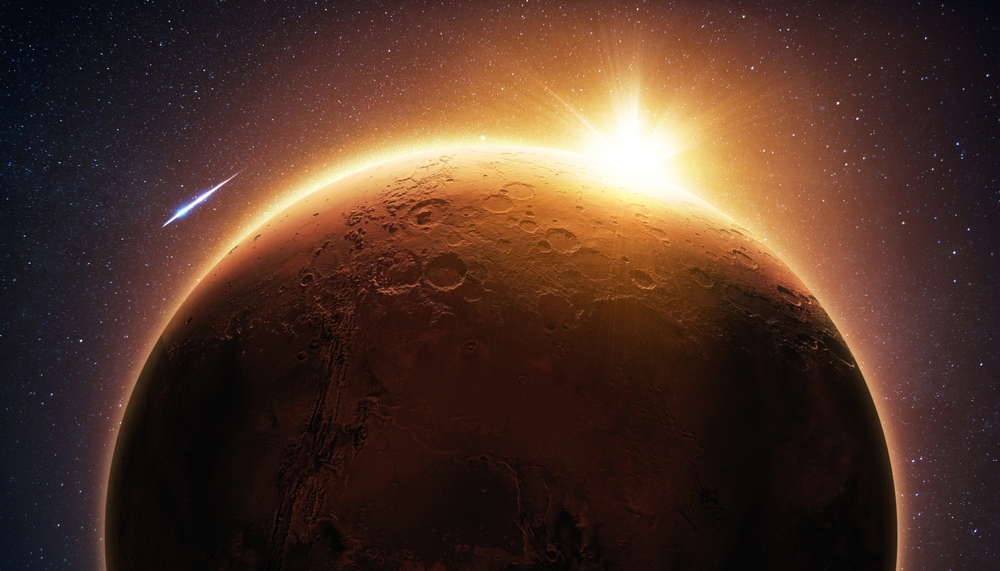The M-Matisse mission marks a groundbreaking step in space exploration, as it is the first dedicated to studying Martian space weather and assessing the planet’s potential to support human life.
Dr Beatriz Sanchez-Cano of the University of Leicester is leading the operation to revolutionise our knowledge of Mars’ climate, alongside Principal Investigators for the Mars Ensemble of Particle Instruments (M-EPI) and the Science Data Centre for mission coordination, planning, and science exploitation.
The project is expected to receive approval from the European Space Agency (ESA) within the next year and will enable essential scientific research on the dynamics of the Martian System, aiding studies into the potential hazards astronauts may face on future journeys to the Red Planet.
What is M-Matisse?
Currently in Phase A study, the M-Matisse (Mars Magnetosphere ATmosphere Ionosphere and Space-weather SciencE) mission is one of ESA’s three candidates for its next ‘medium’ mission. Previous flying medium-class missions include Solar Orbiter and Euclid.
The mission sets out to use two identical spacecraft with focused and high-technological payloads that have the ability to observe the space weather of Mars through observational perspective, using in-situ measurements and radio cross-talks to combine findings.
These robot orbiters have been named after French Artist Henry Matisse, an influential figure in the early 20th century due to his works in expressive colour and the Fauvist style, as well as his daughter Marguerite.
Each capsule will work in separate areas; one will be confined to the plasma system and the other to the unexplored region of Mars’ far tail.
Surveying space weather
The mission will unravel Martian space weather through analysis of the different layers surrounding the planet; the magnetic-field region known as the Magnetosphere, the ionosphere (layer of the atmosphere that is ionised by solar wind) and the thermosphere (the thickest layer in the atmosphere) will be orbited predominantly, as well as investigating the lower atmosphere and the radiation build-up around Mars.
By analysing the Martian system dynamics, researchers will also gain insight into the processes of energy dissipation through solar wind and how space activity affects surface reactions, which will ultimately lead to precise space weather forecasting and improved safety measures for upcoming projects.
Sánchez-Cano is optimistic regarding the mission’s success as it “will provide the first global characterisation of the dynamics of the Martian system at all altitudes.”
Towards lift-off
The successful mission is set to be chosen by ESA by mid-2026. If approved, M-Matisse will launch a new era of Martian exploration – one where robotic missions not only gather data but also shape the safety and feasibility of future human expeditions.
By offering a detailed picture of how solar activity interacts with the Martian environment, the mission will provide critical insights into the planet’s capacity to host life and the challenges astronauts may face.
As space agencies across the world look beyond Earth orbit, understanding the space weather around Mars is no longer a theoretical exercise – it’s a vital necessity.
With M-Matisse, Europe positions itself at the forefront of this frontier, leveraging cutting-edge instrumentation and international collaboration to decode one of the most complex systems in our solar system.
Whether it’s protecting future astronauts from radiation or determining how Mars has evolved over billions of years, M-Matisse’s findings could shape the next chapter of human spaceflight.
